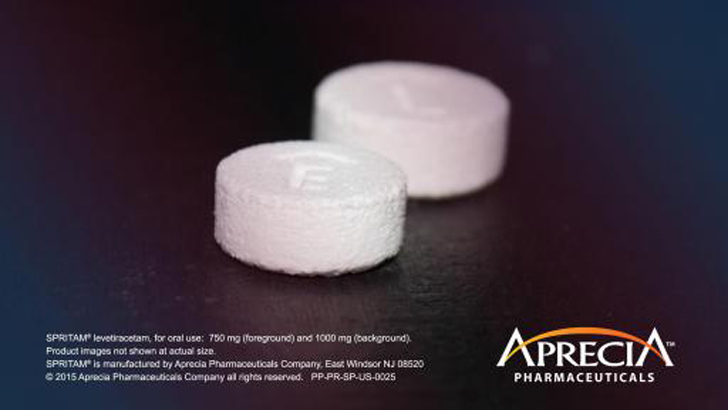3D printed pharmaceuticals could lead to extreme personalization of medications by 3D printing exact doses for patients, depending on daily biochemistry and doctors’ recommendations. And, in the extreme, it might even be possible for clinics, pharmacists, and others to 3D printing these drugs on-location, combining chemical compounds to yield medicines on demand. Both of these applications are still a long way off, but, today may mark an historic moment for 3D printed pharmaceuticals as the US Food and Drug Administration has approved the first 3D printed drug.
Aprecia Pharmaceuticals has licensed Zcorp’s powder jet 3D printing technology to create their proprietary ZipDose platform. So far, the advantages of the technology don’t venture into personally-tailored pills or on-demand medication manufacturing. Instead, Aprecia’s ZipDose technology results in high-potency oral tablets that dissolve immediately in the mouth when introduced to liquid. ZipDose is capable of producing medications with up to 1,000 mg in a single dose. The first ZipDose drug to be approved by the FDA is the company’s SPRITAM levetiracetam, a medicine meant to aid in the treatment of seizures in people with epilepsy.
Don Wetherhold, CEO of Aprecia, said of the news, “By combining 3DP technology with a highly-prescribed epilepsy treatment, SPRITAM is designed to fill a need for patients who struggle with their current medication experience.” He adds. “This is the first in a line of central nervous system products Aprecia plans to introduce as part of our commitment to transform the way patients experience taking medication.”
According to the company, there are almost 3 million people in the US living with epilepsy, including 460,000 children. With SPRITAM, high doses of levetiracetam medication can be ingested with ease, as compared to their traditionally manufactured counterparts, which are provided in hard tablet form. This ensures that even elderly patients with difficulty swallowing can take large doses of levetiracetam without issue. SPRITAM is expected to be available in 2016, but, as Wetherhold stated, the company will be releasing other central nervous system products as well.
As you can tell, this is just a very small step towards 3D printed medication and other technologies are still to be explored. What I’ve learned from this industry, however, is that, if one company, person, or organization is pursuing a technology or process, there are definitely others doing the same. We may soon see the fruit of work by researchers like Prof. Lee Cronin, who is experimenting with 3D printing pharmaceutical kits that combine multiple compounds to form medications upon printing.




